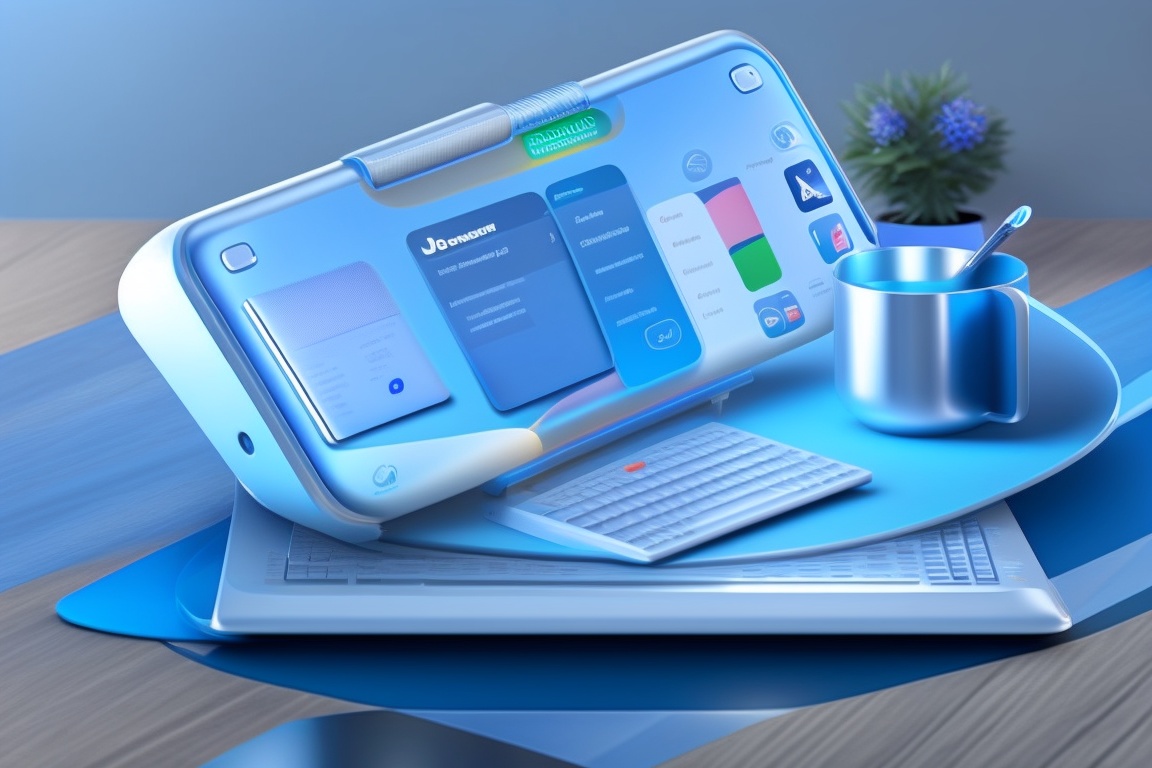Published July 26, 2022
What is Blended Learning?
Dr. Hamna Labeeb
Content EditorFundamental changes are hard.
Uprooting and unlearning are hard. But if practices don’t change as new possibilities arise and the system doesn’t adopt them, progress is also going to be hard. In recent times, especially since the pandemic, we have seen many educational alternatives mushroom in the form of online courses through software, smartphone apps, websites, learning management systems and much more. Various learning models and methods were also developed and propagated. One learning model that has been circulating a lot in the online world, but not sufficiently in practice yet, is Blended Learning.
What is Blended Learning?
Blended Learning is a learning model that combines cutting edge technology with a human element. Blended learning could be a combination of:
- Theoretical learning through online courses and practical and creative learning through offline, face-to-face classrooms.
- Instructor-led online learning and self-organized activity-based learning.
- Self-organized online learning and experiential and experimental classroom interaction in the presence of mentors.
Blended Learning is not merely dividing a curriculum into online and onsite (offline) learning. That process is actually hybrid learning which is a term very widely used to wrongly replace the term Blended Learning. Blended Learning is transformative in nature and the purpose of blended learning is to yield a holistic learning experience.
Is Blended Learning Good or Bad?
When anything new and transformative dawns upon the world, the world is at first skeptical. With the rise of technology, when a lot of learning shifted to online and remote learning, the world was divided on it. But the COVID-19 pandemic called for an alternative in the dire need to keep the world moving and let schooling be continued. This definitely opened up a whole new horizon for the learning population. Several learning methods were put to test and finally, the most commonly accepted one were live virtual classrooms on video conferencing platforms like Google Meet and Zoom. But this brought much conflict in the lives of students and parents who had tasted the traditional education system, resulting in setbacks in academic performance.
Now the schools have reopened and students are back to the same traditional system. But after a gap of two years, there is some resistance to the change. In some way, the little learners in particular got an inkling of how it feels to not be bound by a rigid disciplinarian school system as is the case in most institutions. They have begun needing more than what the outdated education system can offer them. Blended learning is what can address this requirement.
Educational research suggests that Blended Learning is more effective compared to either face-to-face or online learning. Blended learning has many advantages although with a few conceived challenges. But nonetheless, they are not without solutions. Blended Learning makes use of cutting edge technology to create immersive and interactive learning tools that save a lot of time in onsite schools where the teacher has to struggle through these lessons. The online theoretical learning part is enriched with technological tools that enhance conceptual understanding and connect the instructors and students to evaluate their performance without the hassles of examinations and paper evaluations. Students can learn through various techniques that make learning a creative and fun process and seek help from mentors where they need it. This allows their time spent in the physical classroom one of collaboration, creativity, social interaction and discovery apart from being stress-free.
Furthermore, the students can pick up their lessons at any time, anywhere, at their own pace and mastery, allowing them to navigate through their lessons and courses and their respective assessments without stress and compulsions. Overall, the benefits of blended learning are sure to outweigh any disadvantages of blended learning.
When Did Blended Learning Start?
The Blended Learning System has been around for years although it has not been completely implemented all over the world. But the fact that it is not a new concept and that blended learning effectiveness has been researched is proof that it is not merely hybrid learning (a combination of online and offline learning) but a league of its own. The concept of Blended Learning first began in the 1960’s although the web-based instruction actually took the masses from 1998.
There are different kinds of blended learning. Most commonly, six types of blended learning have been identified. Each type has its own set of blended learning strategies and methods.
Blended Learning for All
Blended learning, if implemented in its pure form, would create a revolution in the history of education. And the history of education is one that needs to be rewritten. If technology can facilitate a more science-backed learning that aids better cognitive performance, retention and recall apart from skill-enhancement and fine-tuning of an individual, there is no future in stubbornly clinging to the outdated traditional education system which has no proper foundation in cognitive science.
If you are interested to know more about this holistic educational system that could change the way you think about learning and teaching as well as make the present learners future-ready, aside from making education more accessible, flexible and effective, to all types of learners, join our networks and channels. We share fresh insights and informative posts on blended learning, education, cognitive science and the psychology of learning and teaching every day!



